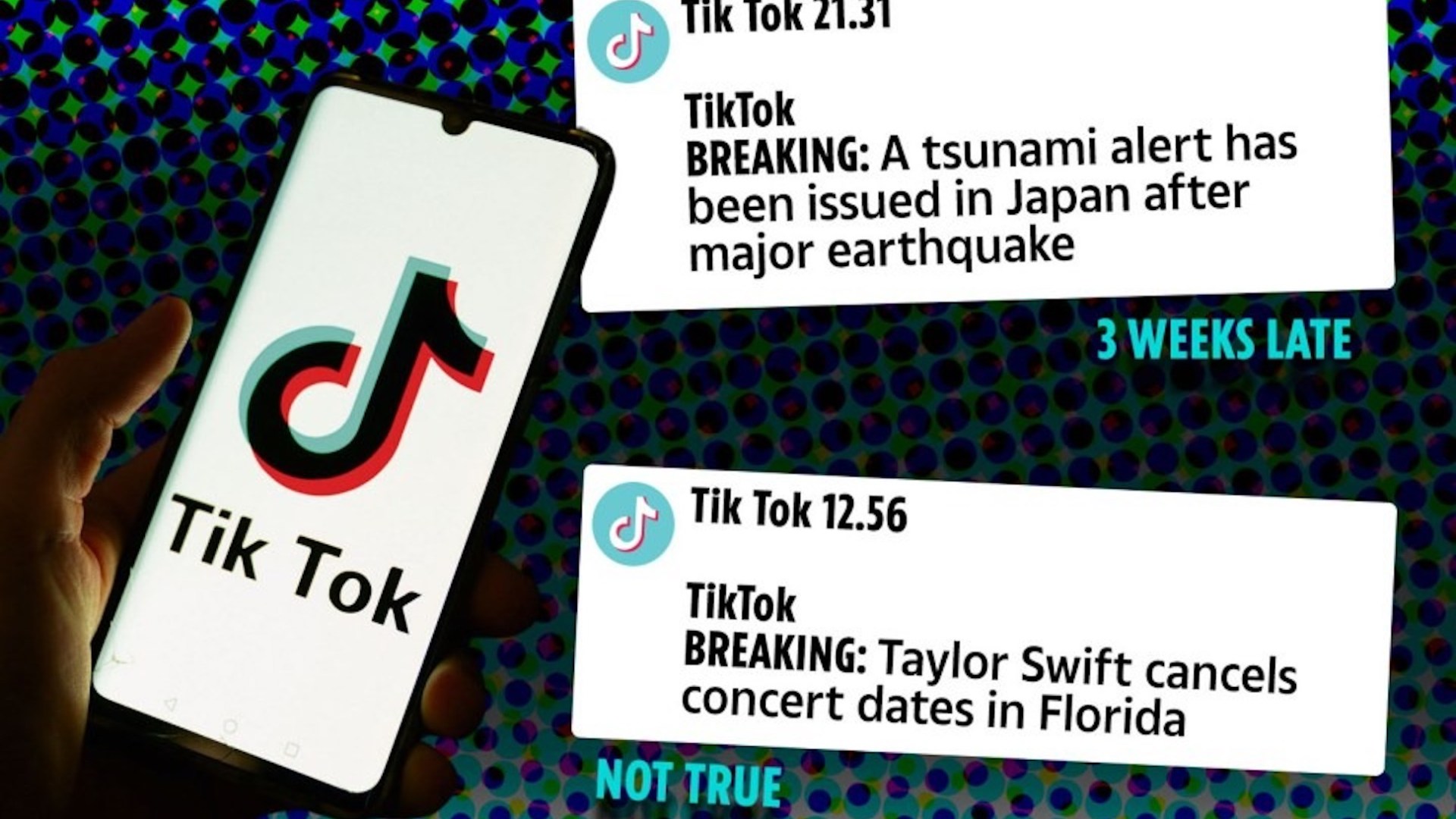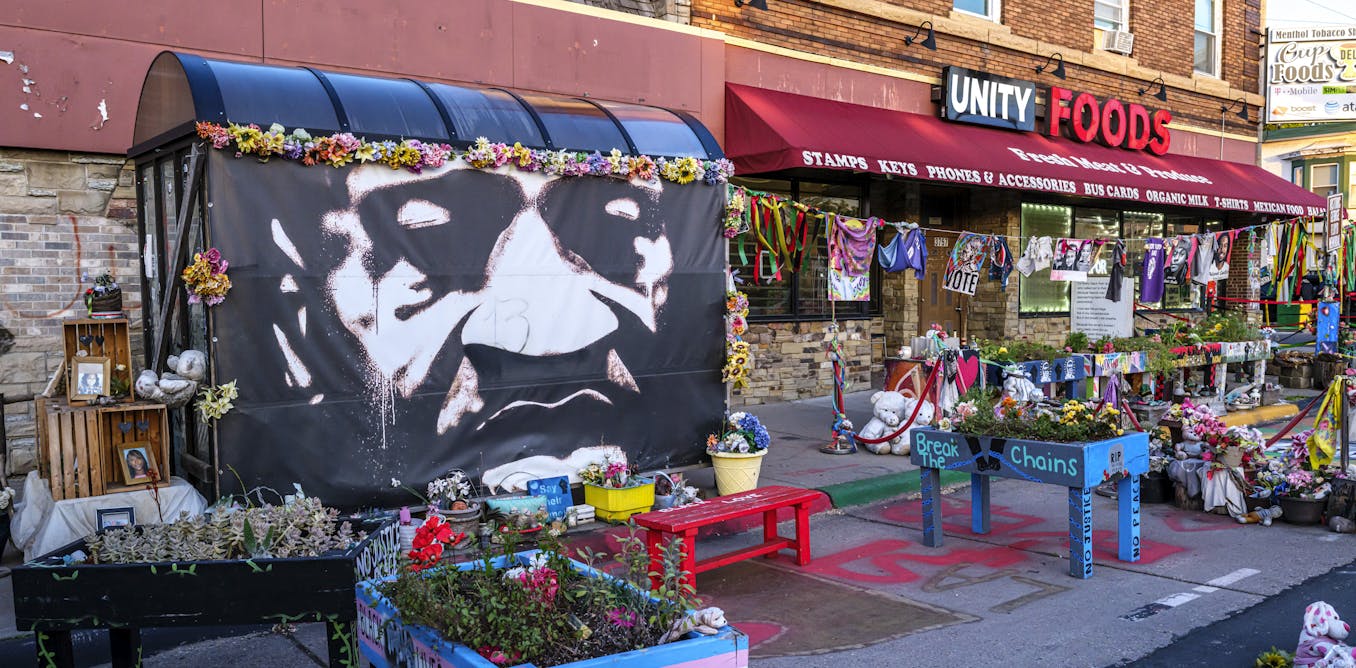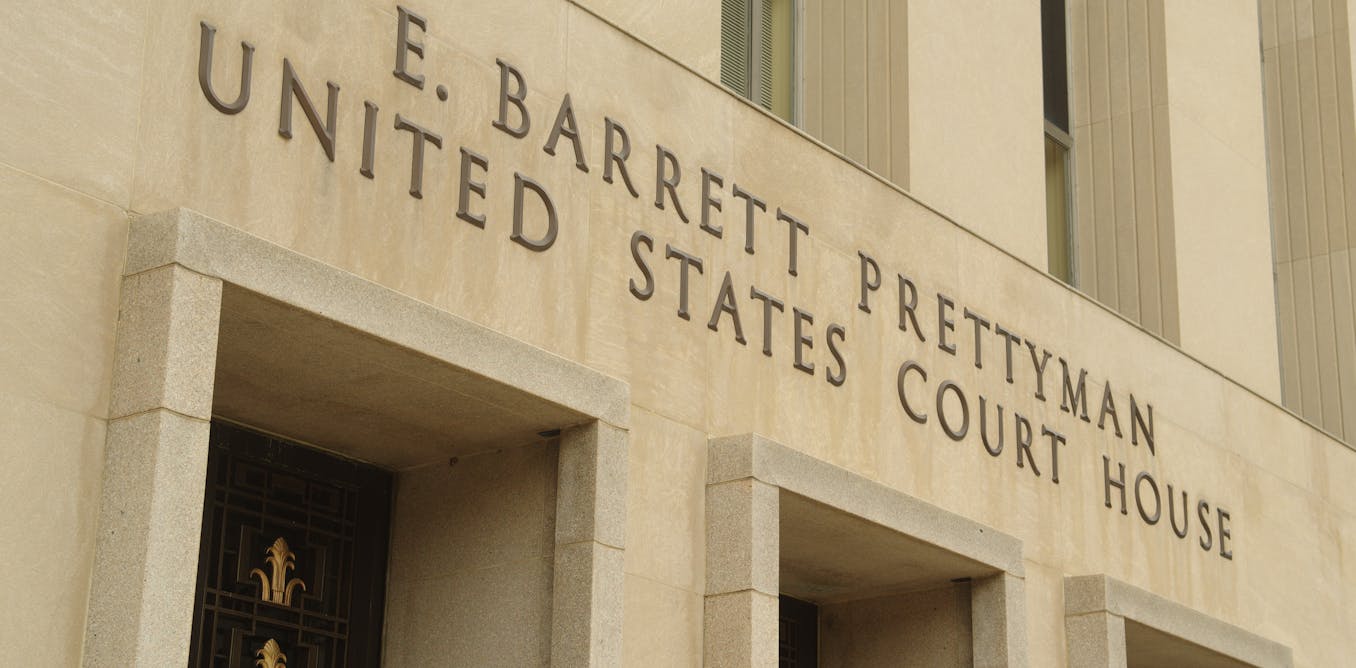WHEN we get around to the inevitable inquiry into the riots, one of the first questions which will need to be asked is: Just how did a false rumour that the Southport knife attack was the work of an Islamist terrorist spread so quickly?
We already know a good part of the answer.

1
Social media had seeded the misinformation before newspapers, television news and radio stations had a chance to refute it.
But what may come as a shock is just how much misinformation is being fed to users of social media — not just through contacts between users and their friends but through “alerts” which, to all the world, look like a genuine news feed.
An investigation by the Financial Times into TikTok has revealed some disturbing examples of “news” items which flashed up on users’ phones and turned out to be nothing of the sort.
In one case, a “breaking” story about a tsunami in Japan turned out to be based on an alert which had been issued three weeks earlier.
In another, it was reported that Taylor Swift was cancelling tour dates in Florida, having decided that this American state is “racist”.
The story had no basis in fact and appeared to have been drawn from an article published in a US satirical magazine in May.
It would be nice to think that social media is just a harmless bit of fun, but sadly it isn’t.
Worryingly, large numbers of people appear to be relying on it to tell them what is going on in the world.
Last October, a YouGov poll asked the British public which main news sources they used.
Top was TV news, used by 45 per cent of people. Next, cited by 41 per cent, came news websites such as those of The Sun, other national newspapers and the BBC.
Yet 27 per cent cited social media platforms.
A similar survey last year by Woburn Partners put it a bit higher at 33 per cent.
It means that between a quarter and a third of the UK population are relying, day in and day out, on an entirely unregulated source of news which is not put together by experienced journalists and editors, and which in many cases is pushed at users by algorithms.
It isn’t just that a lot of the material is untrue, it is being forced on people in a very skewed way.
If you have “liked” a story on, say, migration or climate change you will get far more stories like it, very likely without any balance.
This is what helps create what have been termed echo chambers — where people are endlessly fed material that confirms the prejudices with which they began.
It is very troubling, too, where much of this material originates.
TikTok, which has a billion users around the world, is based in Beijing.
While it has always denied that it is connected with the Chinese state, last year a former employee of the platform’s parent company ByteDance swore under oath in a Californian court that the Chinese Communist Party had accessed data on TikTok users in order to monitor the whereabouts of democracy activists in Hong Kong.
PROPAGANDA FACTORY
Few people in Britain would ever trust news published by a TV station based in China, one of the most authoritarian countries in the world.
Yet many will happily rely on a social media platform which is based there — quite possibly because they don’t realise its provenance.
Social media sites do not, however, need to be based in authoritarian countries in order to be manipulated by them.
Seven years ago, following the terror attack on Westminster Bridge, a Twitter user, SouthLoneStar, calling himself a “Proud TEXAN and AMERICAN PATRIOT,” tweeted a photo of an anguished woman in a headscarf walking past the scene and talking into a mobile phone, with the words: “Muslim woman pays no mind to the terror, casually walks by a dying man while checking phone.”
He added the hashtag #BanIslam.
It looked like the far right exploiting the situation for its own purposes.
Yet this turned out to be one of 2,753 Twitter accounts revealed by a US Senate report traced to a propaganda factory in St Petersburg.
In other words, it was a Russian attempt to stir up discord in the West.
TACKLE MISINFORMATION
There are some suggestions that misformation about the Southport knife attacks may have had a similar origin.
The question is, what should be done about misinformation on social media platforms?
Few would want to constrain them to the point where they are no longer useful, although they certainly have a duty to tackle misinformation.
Education Secretary Bridget Phillipson suggested at the weekend that the school curriculum might be changed to include critical thinking, to help pupils detect the signs of misinformation.
But the problem isn’t only with children. Many adults, too, are relying too heavily on social media.
There is no better guard against misinformation than to encourage people to access news from multiple sources — and not to rely on any one too much.
If you are prepared to read and listen to the news from many different angles, including sources with which you may think you disagree, the better informed you will be.




